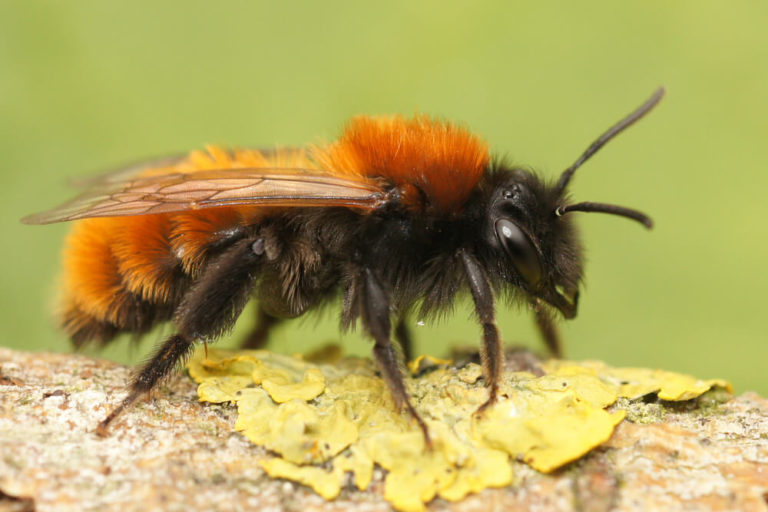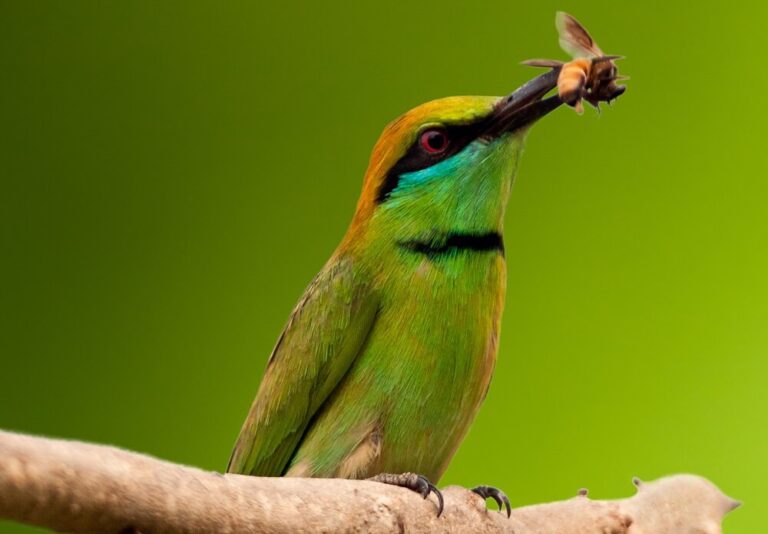
Bee Antennae 101: Interesting Facts and Uses
A bee’s antennae are crucial for its survival. A bee uses its antenna for smelling, tasting, hearing, and communication. Without their antennae, a bee’s life would be considerably shortened.

This is where you’ll find information on various bee species. We cover topics such as bee anatomy, bee research, bee health, and general facts about bees.
Pollen is a bee’s main protein source, whereas nectar is their main carbohydrate source. Bees get both nectar and pollen from flowers.
Most dogs experience mild symptoms after eating a bee. However, you should closely monitor your dog for at least 24 hours.
Drone bees are male bees whose sole purpose is to mate with queen bees. Drones live short lives and die immediately after mating.
Bees are found on every continent except Antarctica. Most bee species nest underground in vacant rodent holes or other cavities.
The appearance and location of a bee’s nest can vary depending on the species. For example, honey bees tend to nest in trees while bumblebees nest underground.
Ground bees are bees that build their nests in soil. Ground bees are in no way harmful to you or your yard.

Whether you’re looking for help with bee stings, how to deter bees without hurting them, or just have general bee questions – we’ve got you covered.

Mason bees are small, gentle bees found throughout the world. There are over 130 species found in the United States alone. These handy little bees are incredible pollinators.

A bee’s antennae are crucial for its survival. A bee uses its antenna for smelling, tasting, hearing, and communication. Without their antennae, a bee’s life would be considerably shortened.

Some birds eat bees because they provide the protein needed to grow strong feathers. Bee-eating birds include mockingbirds, robins, and summer tanagers.

A species of wasp known as the “honey wasp” produces honey. Honey wasps make and eat honey during times of nectar shortage, such as summer droughts.

A bee’s antennae are crucial for its survival. A bee uses its antenna for smelling, tasting, hearing, and communication. Without their antennae, a bee’s life would be considerably shortened.

Some birds eat bees because they provide the protein needed to grow strong feathers. Bee-eating birds include mockingbirds, robins, and summer tanagers.

A species of wasp known as the “honey wasp” produces honey. Honey wasps make and eat honey during times of nectar shortage, such as summer droughts.

Search our database with hundreds of articles with up-to-date information from our bee experts.
Whether you have questions about bee species, gardening for bees, bee stings, or other bee-related or pollinator questions – we’ve got you covered.